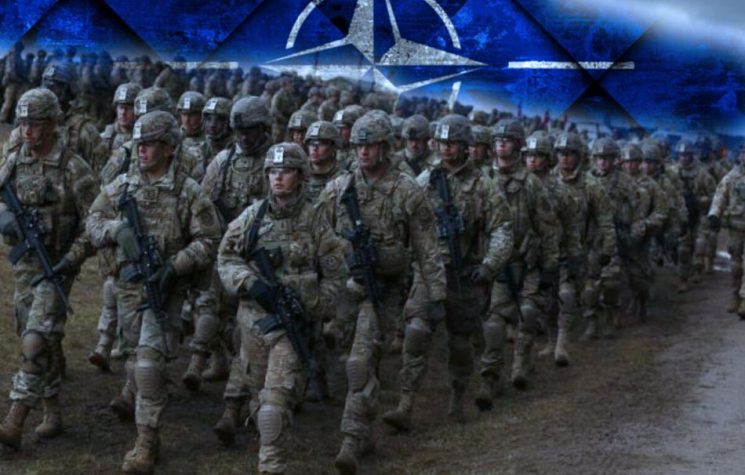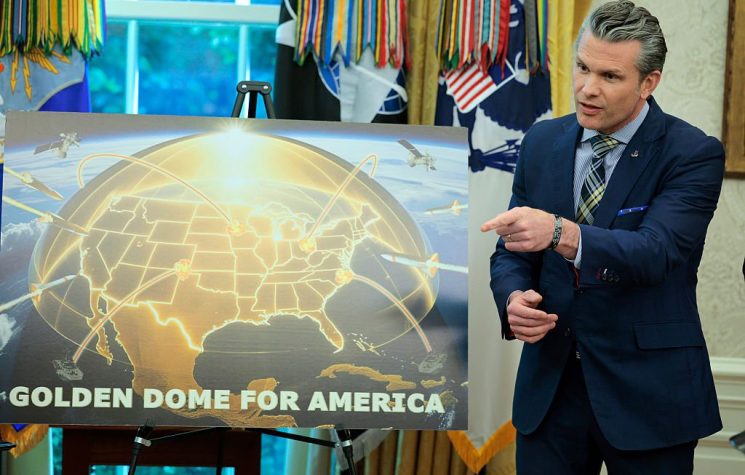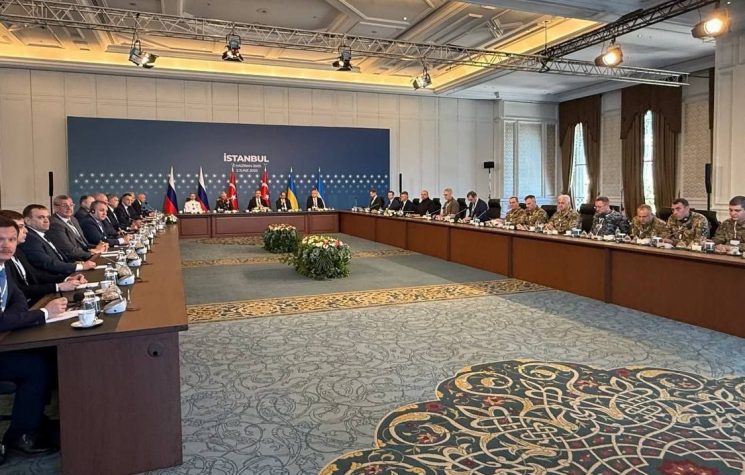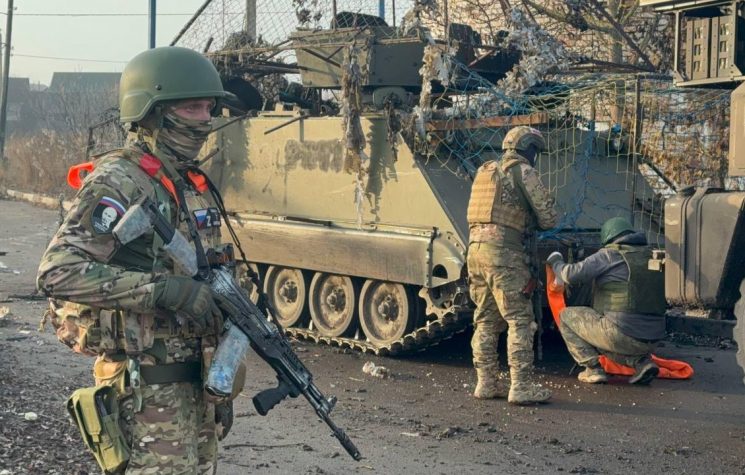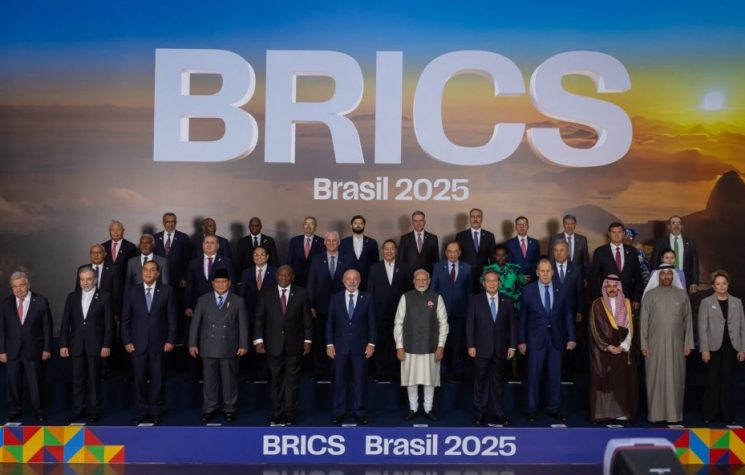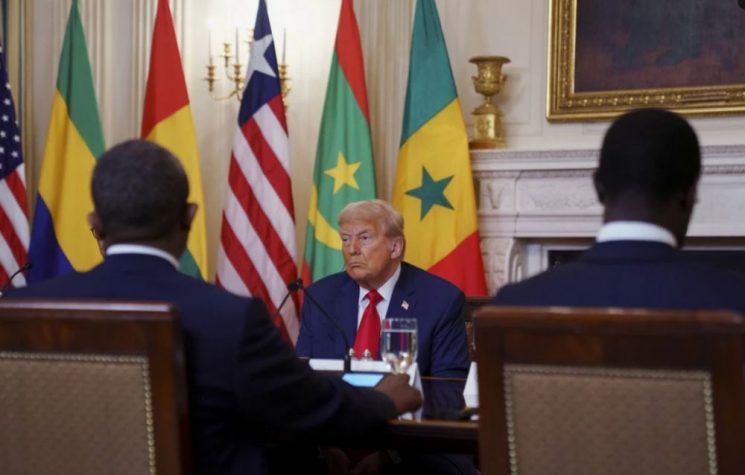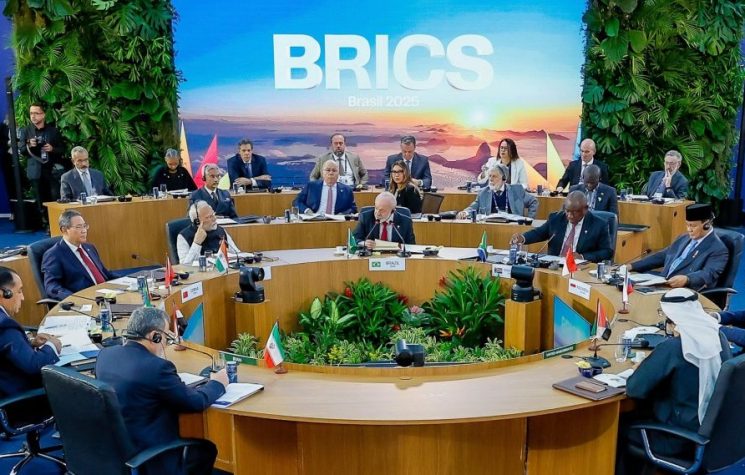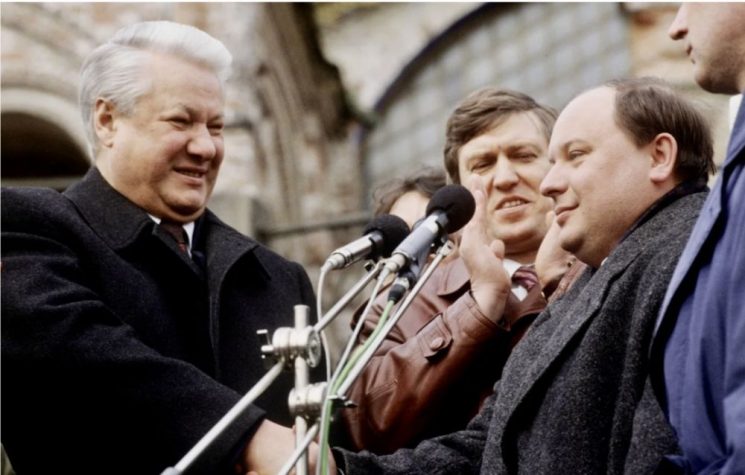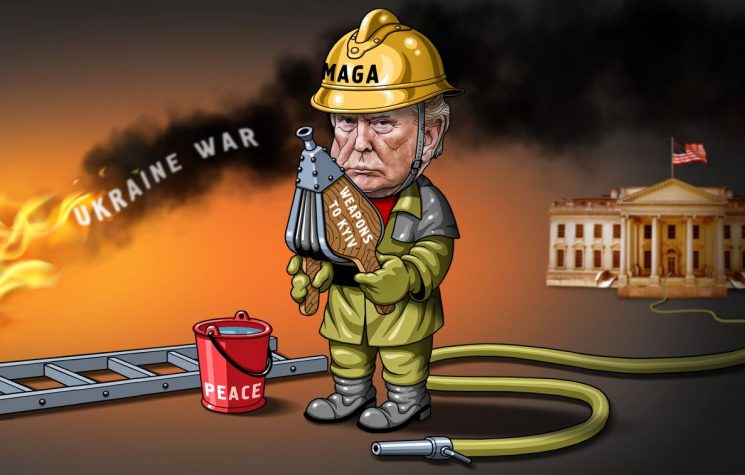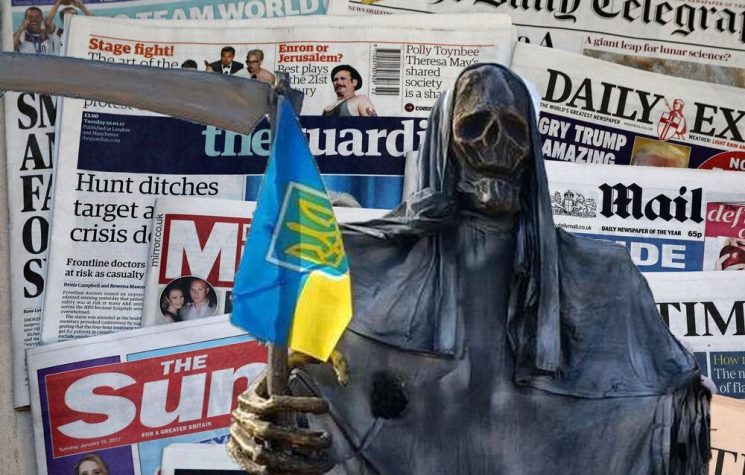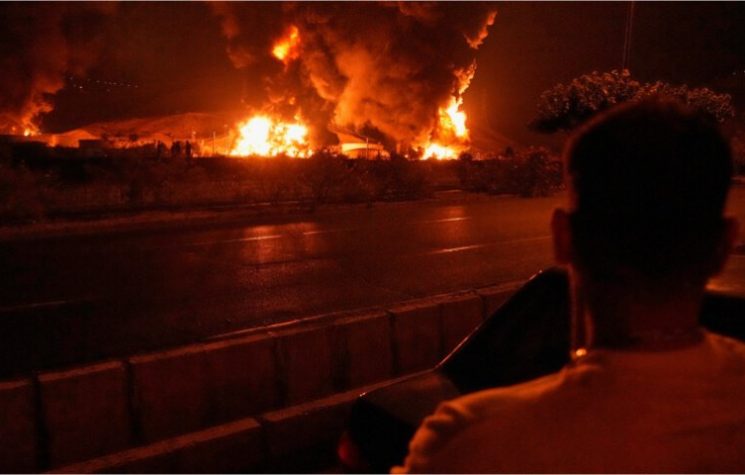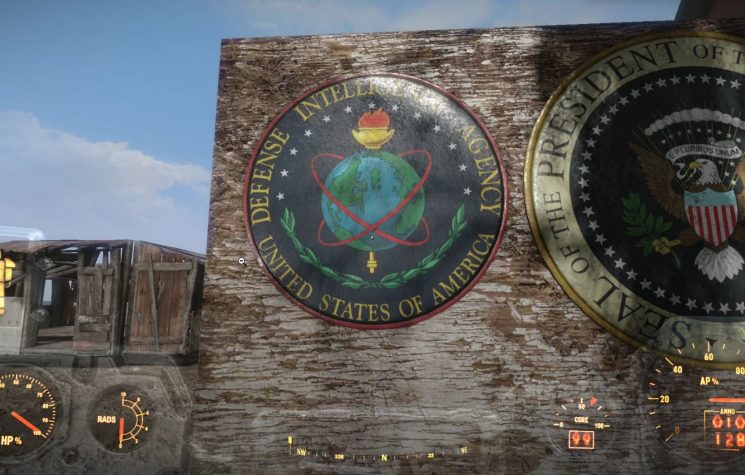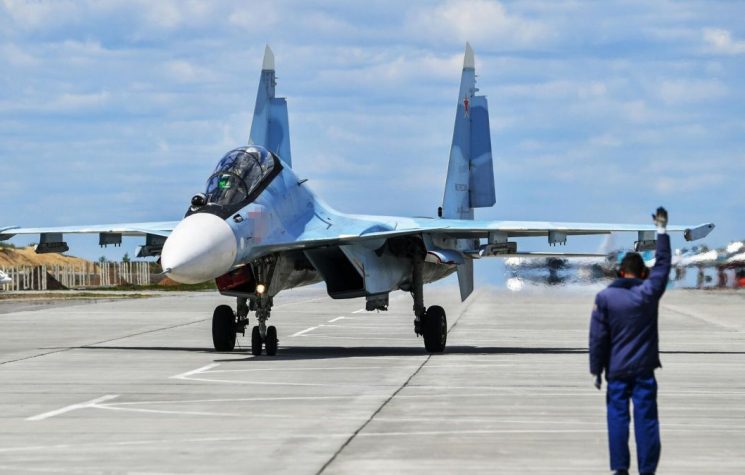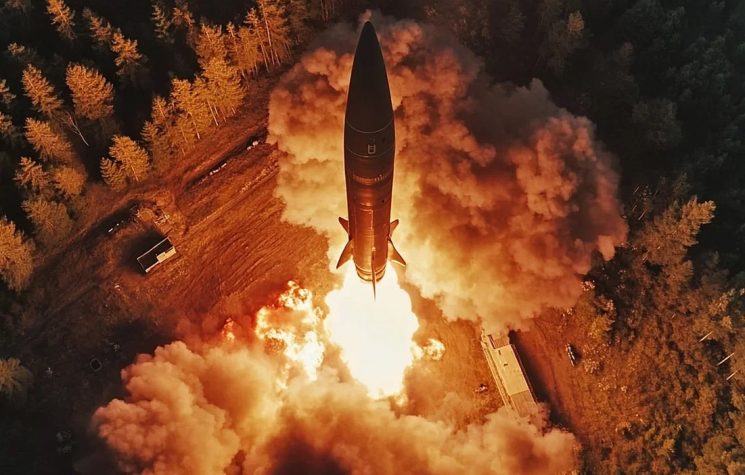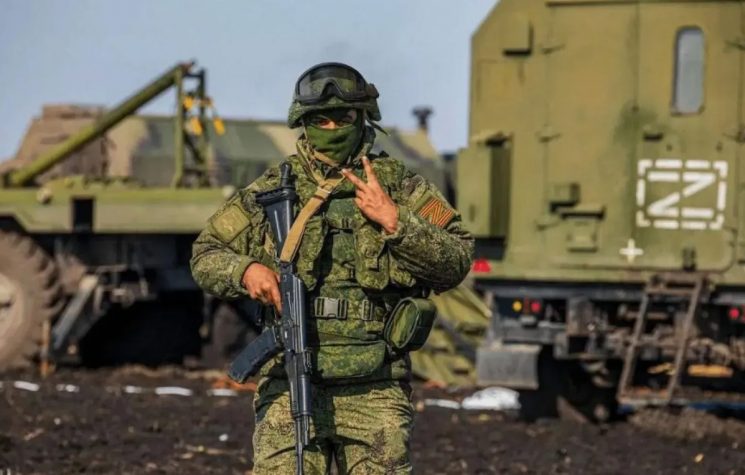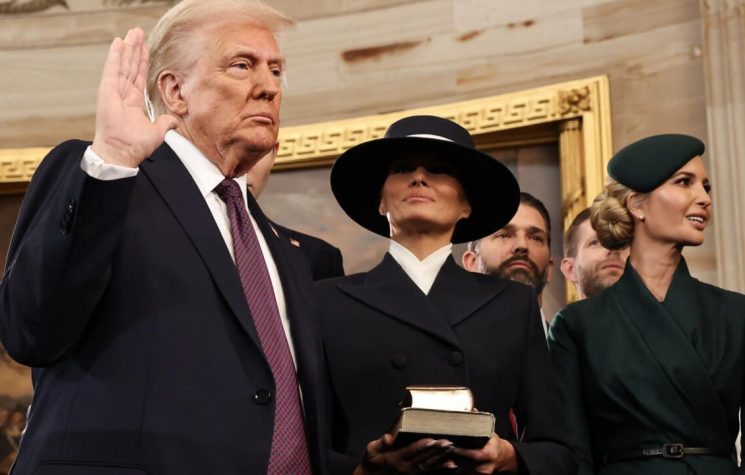The historical legacy of these four unusual years of Trump’s reign over America can and will be debated endlessly, but he does have one inarguable achievement that no other recent U.S. President has – he didn’t start any new wars. Trump certainly made lots of cartoonish threats at nations like North Korea, Iran, Venezuela and China during his time in office, but ultimately he never pulled the trigger. Furthermore, the military situations he did inherit more or less sat stagnant with no “surges” or escalation. On the surface it looks as though Trump kept his anti-war promises by talking like a warhawk, yet ultimately doing nothing. Conscious inaction in this case may have been a powerful form of direct action to keep the U.S. out of some new quagmire with uncertain victory conditions. We should also not forget the President upon taking the Oval Office immediately raised the annual budget for the Armed Forces. This could have been a form of bribery to keep the Military Industrial Complex fed on dry food so it wouldn’t go out hunting for fresh meat. That was probably the “cost” for four years of nonintervention. However, there may be an alternative view as to why the Trump era was so unusually gun shy.
If we go back to 2017 there was one moment when Donald Trump truly “became President of the United States” according to Fareed Zakaria. On April 7th, to Mainstream Media delight, Trump greenlit the launch of 59 Tomahawk Cruise Missiles at various targets in Syria. This was a rare act of true blunt aggression by Trump, but what was even more unusual was that there was no follow up strike, there was not step two on a roadmap, there was just nothing. After this strike there was no follow up of any relevance. The only thing American forces in Syria seem to have accomplished is playing chicken with the Russians out of boredom.
Image: This unassuming weapon could be an international game changer.
Perhaps the logic of a single large missile strike was to convince Assad to surrender like the Japanese after Hiroshima and Nagasaki. Washington often follows its own logic but it is hard to imagine that any analysts would expect this type of strategy to pay off.
An alternative explanation for the missile launch was put forward by Gordon Duff of Veterans Today, who believed the strike was mostly done to test the capabilities of the Russian S-400 anti-missile/air systems in Syrian possession. Duff wrote the following…
“Veterans Today contacted the Syrian Ministry of Information regarding the bizarre news that 34 Tomahawk cruise missiles had simply vanished. VT had even surmised that some may well have been used against other targets, even going as far as to suggest a possible conspiracy to hit Palmyra to aid the ISIS attack there.
A possible confirmation is simply the number fired, 59. This is what would be required to overwhelm the Russian air defense system based on the number of launchers, both S300 and S400 and other “cruise-capable” systems out there…”
The theory that this was some kind of test seems much more reasonable than Trump expecting to one-punch knockout the Syrians through a show of force, or any other shot-in-the-dark answer. The S-400 systems have created a lot more news over recent years than most if not all other weapons systems. The Russians have a new main battle tank (the T-14 Armata) modernized the AK yet again (with too many versions to mention) and the “near future” COD-style Ratnik gear that is being issued to all their soldiers, but all of these only make the news inside of Russia. Besides military hardware fanboys nothing seems to be even close to the S-400 in terms of perking Washington’s ears. In fact, any nation considering buying these devices risks full blown sanctions from the United States. Interestingly enough a few countries have called Washington’s bluff and purchased the anti-air/missile systems anyways. Unnamed CNBC sources said the reason for the furor to get a hold of the S-400 system is that “No other U.S. system can match the S-400′s ability to protect large swathes of airspace at such long ranges” i.e. the Russians have created an affordable anti NATO intervention box.
Image: The Trump missile strike on Syria was a failed experiment.
So perhaps when Trump tested the waters in Syria the results came back negative, due to this affordable Russian anti-missile/air system. If 34 out of 59 Tomahawk missiles “vanished” that means there is a 57% fail rate due to the quality of the missiles themselves, their operators on the warships that launched them and/or the S-400s on the Syrian mainland knocked them out. That last factor is probably the most important.
In terms of the U.S. military budget, 59 missiles is chump change but perhaps this experiment proved that trying to dominate the air over countries like Iraq and Libya may become much more difficult and risk-heavy than it was 10+ years ago. The “wars of convenience” of the Post Cold War period were successful with extremely low American/NATO casualties due to total air dominance, which thanks to the Russians could be over, at least for the foreseeable future.
If the infamy of the S-400 systems inside the Beltway is deserved, then we should actually thank Trump for experimenting first rather than sending countless numbers of airmen to their deaths over Damascus. Throughout history various militaries have tried to fight their “grandfather’s war” and have paid the price for it. Unlike the French who marched into WWI in bright red pants expecting to be firing in tight rank-and-file formations, someone (possibly Trump) was able to see the potential of these missile systems in a real war and decided to pull back and rethink their strategy before it is too late.

Image: What exactly are limited U.S. forces accomplishing in Syria? Without total air dominance – not that much.
At the end of the day Trump was either an exceptionally peaceful U.S. President because he saw it as good for America, wanted to keep his campaign promises or the Syrian missile experiment proved that for now war is too costly. Regardless of which version of history has more truth, the usage of S-400 systems in nations that are the targets of Washington’s hunger could prove to be a game changer. Weaker nations are willing to risk crushing sanctions to get this means of self-defense, some of whom still have U.S. troops all over their country. The big question is that if air-superiority is now out the window, how will this affect American foreign policy going forward? This will either create a peace due to an unfavorable cost/benefit result for Washington or force the U.S. to fight wars with much higher human cost on their side.










